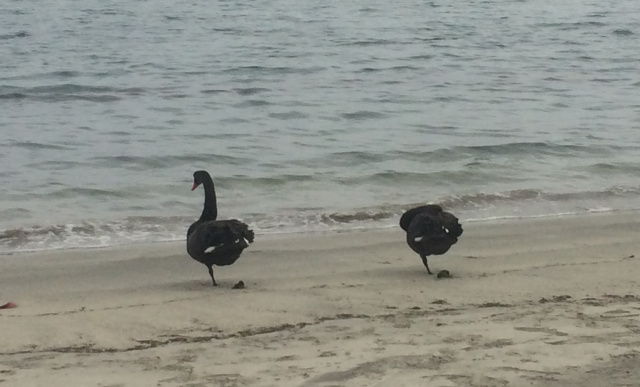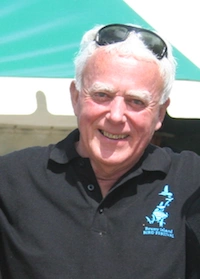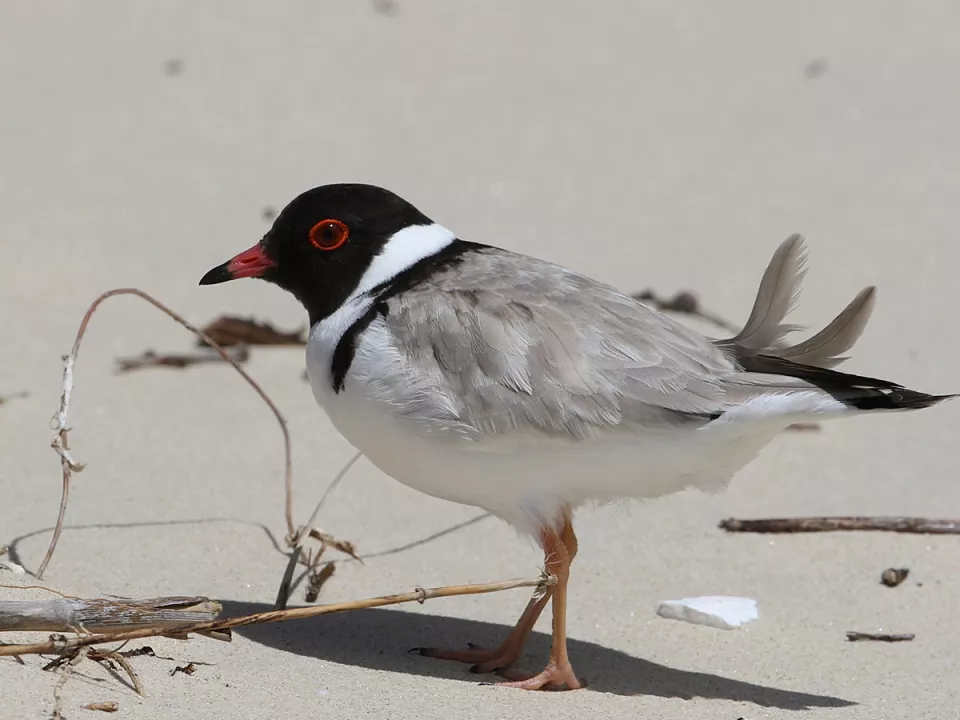It’s more like a pond. When you get waves, they’re wind generated waves across the surface. Its shallow water. So what will happen is, the wave will come in, run up the beach and erode at the base of the shore. Following that, there’s no beach building. Once the soil gets eroded it stays.
This is a highly productive beach. There’s very little movement of the sand. This sand over the top is mostly a wind-blown sand. As you go down, the sand will turn black, that colour is coming from the peat that is underlying a lot of this. It is much more noticeable on the northern side. Just look at the beautiful curve on the beach. It is wonderful to observe the birds here.


Bob Graham
It’s more like a pond. When you get waves, they’re wind generated waves across the surface. Its shallow water. So what will happen is, the wave will come in, run up the beach and erode at the base of the shore. Following that, there’s no beach building. Once the soil gets eroded it stays.
This is a highly productive beach. There’s very little movement of the sand. This sand over the top is mostly a wind-blown sand. As you go down, the sand will turn black, that colour is coming from the peat that is underlying a lot of this. It is much more noticeable on the northern side. Just look at the beautiful curve on the beach. It is wonderful to observe the birds here.

You might like...

The fascinating beaches of Bruny

Protecting shorebirds on Bruny Island

Ecology of the Neck

Contrasting beaches at the Neck
Newsletter
Sign up to keep in touch with articles, updates, events or news from Kuno, your platform for nature
